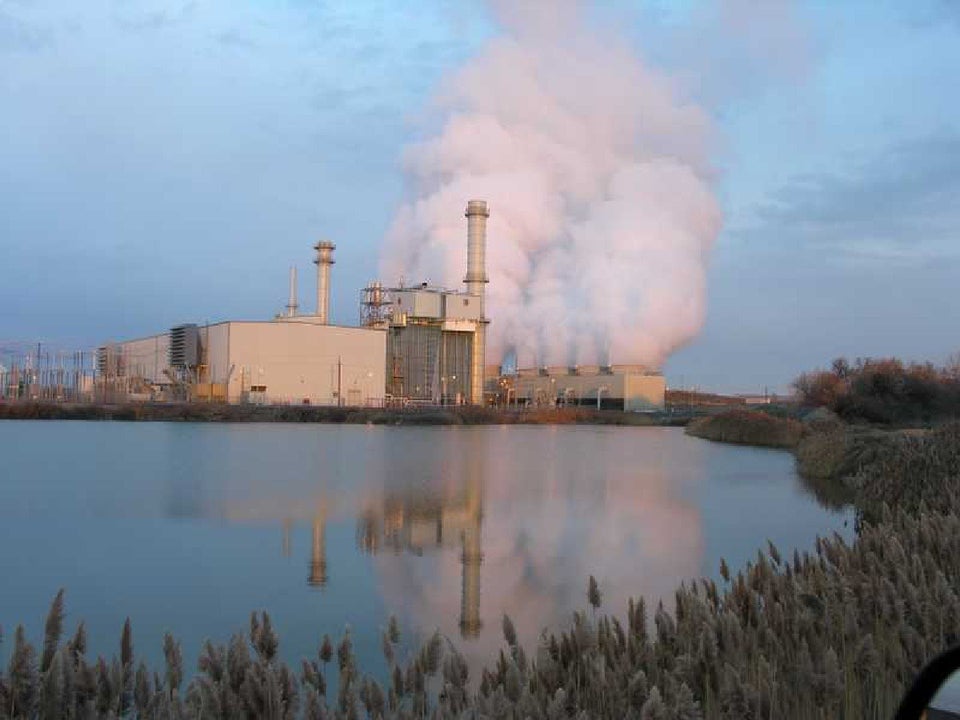U.S. carbon dioxide emissions related to energy consumption dropped to their lowest point since 1994 last year, according to a U.S. Energy Information Administration report released Monday afternoon.
The decline of coal as a power source in favor of natural gas in the U.S. is a big part of that decline, the EIA reported.
Natural gas power generation increased by 211.8 billion kilowatt hours in 2012 over 2011, while coal power declined by 215.2 billion kilowatt hours last year.

The EIA reported that 2012 was the fifth year in a row that energy related carbon emissions declined after peaking in 2007, despite GDP growth. Emissions declined 3.8 percent in 2012 over 2011.
“Although GDP increased by 2.8 percent in 2012, energy consumption fell by 2.4 percent in 2012,” according to the EIA report. “The emissions decline was the largest in a year with positive growth in per capita output and the only year to show a decline where per capita output increased 2 percent or more.”
The total carbon intensity of the U.S. economy declined in 2012 by 6.5 percent over the previous year — the largest drop since recordkeeping began in 1949 — mainly because the public has been eschewing coal for natural gas as a primary source of electricity.
The shift from coal to natural gas for electricity generation and slower economic growth were the main factors in reducing U.S. carbon emissions from 2007 to 2012 as compared to the previous 10 years said EIA analyst Perry Lindstrom.
"Also, population has slowed a bit, which helps," he said.
The EIA also attributed the carbon emission decline to several other factors, including a warm winter season in the first quarter of 2012, leading to a lower demand for energy to heat homes and businesses.
Nationwide in 2012, the number of days that the EIA considers cold enough to require homes to be heated — called “heating degree days” — were 19 percent below the 10-year normal and 22 percent below 2011.
Residential electricity consumption declined by 3.4 percent from 2011, partly due to increased home energy efficiency.
U.S. residential carbon dioxide emissions from electricity and direct use of fuels totaled 760 million metric tons in 2012, down from 875 million metric tons in 2010 and 897 million metric tons in 2007.
The U.S. has seen a nearly 10 percent drop in energy intensity — the measure of British thermal units (Btu) per dollar of GDP — since 2007 largely because people having been driving fewer miles and heating their homes less than they’ve been cooling them.
More energy is needed to heat a home than to cool it, so a decrease in the number of days a home is heated while the number of days homes are cooled has increased has meant less energy has been consumed overall.
U.S. vehicle miles traveled have dropped 3.3 percent since 2007 while fleet vehicle efficiency improved 16 percent between 2007 and 2012.
